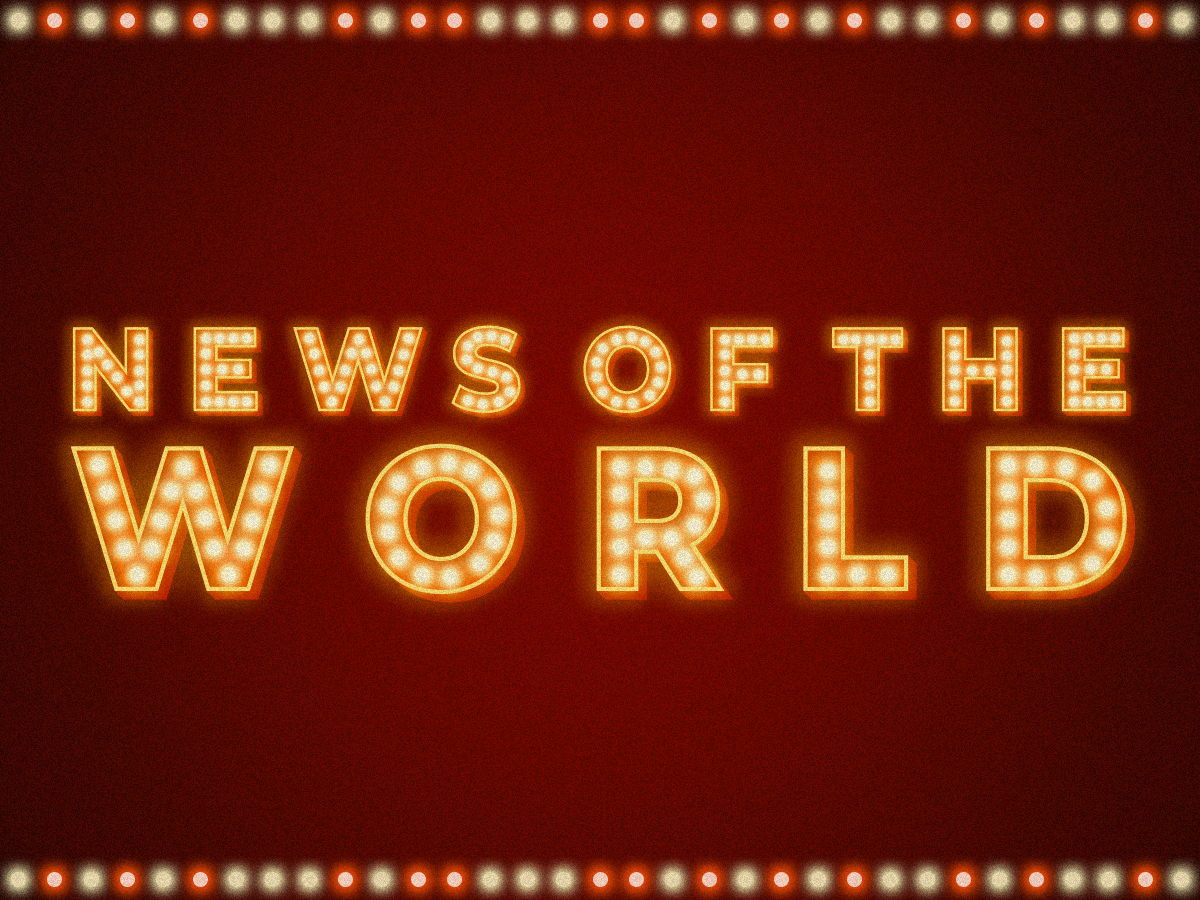
Marc Chagall is one of the greatest artists of the fantastic period of art history that was the 20th century. A retrospective exhibition titled Chagall and the Bible is being held at My Art Museum now through April 10. Chagall has inspired countless people with his dreamlike imagination and surrealistic art style, and while his love and romance paintings are widely recognized, he also gained a reputation through his works featuring religious motifs. It is with this Biblical angle in mind that the exhibition presents some 220 of the artist’s pieces, making it a first for Korea. The organizers describe the exhibit as an ideal opportunity to develop a full appreciation for Chagall’s message of love for humans, who have suffered so much through war and genocide, which the artist chose to portray through his Bible-themed works. This article, then, is itself an ideal opportunity to learn more about not only the make-up of the exhibition but also the world of Chagall’s works, which may be famous, but perhaps largely unfamiliar, to the reader.
The show is divided into four sections, exploring Chagall’s artistic world in detail through Biblical motifs. The first section, Motifs of Chagall, revolves around the artist’s etchings and lithographs, and is a perfect place for the viewer to discover the symbolic motifs that recur throughout his works. His disregard for perspective in particular, a choice that allows for his canvases to project the fantastical and a sense of the infinite, allows observers to feel a sense of vividness that goes beyond the everyday and moves into the atmosphere of the supernatural, with Chagall’s unrestrained use of color maximizing the mystical effect. From this novel atmosphere, we’re able to pick out some of those characteristics in the works we consider next.
Born in Vitebsk, Russia, Chagall crafted depictions of his childhood experiences from memory, touching upon some themes that were uncommon in the period—namely, utopia and nostalgia. He also channeled reminiscences of emotions he felt toward other people, including happy days with his partner, in pieces that touch upon love, a regular feature of his early and middle periods. Finally, Chagall, who was raised on the Bible and lived a pious life, also used his works to express the misfortunes and identity of the Jewish people as an outlet for his mental energy, which was the source of his artistic inspiration.
Reflecting that subject matter, the artist’s works that directly support the exhibition’s overall theme—those that interpret the Bible—are introduced in earnest beginning with the second section. Here, visitors can take in the series of illustrative etchings Chagall completed over the course of 25 years and were inspired by his visit to Jerusalem, while the third section treats viewers to works he produced that show his personal interpretation of the Bible, using its events and characters as motifs. Notably, Chagall’s post-1930s work, following the Holocaust perpetrated by the Nazis, features iconography that is distinctly darker and more painful than those he previously depicted, allowing us to consider the pain inherent to the era, and reflect upon what kind of direction we should be taking today instead.
Though the period Chagall lived through was inevitably bleaker for him because he was Jewish, he kept up his spark for art into his later years. The fourth section shows this part of his life through a selection of different works, including his literature. Chagall’s poems and their accompanying illustrations, as well as his lithographs on different subjects, show another side to the artist, who possessed a variety of artistic talents. As such, the exhibition provides an opportunity to learn about more than simply Chagall’s artworks, which have become well-known thanks to their background stories, and instead delve into the story of the artist himself as well—a chance to see that the love he weaves into his work doesn’t stop at the emotions shared between lovers, but expresses an underlying utopia with its gaze fixed upon identity and their humanity.
-
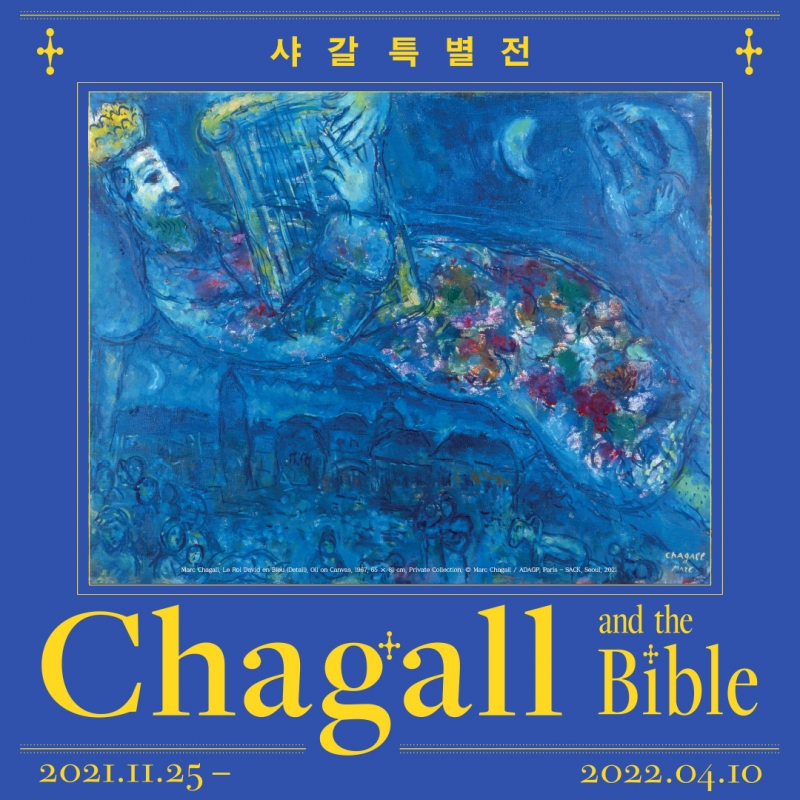 ©️ MY ART MUSEUM
©️ MY ART MUSEUM
TRIVIA
Etching
Also known as wet corrosion, it’s a printmaking technique which relies on corroding metal plates. The oldest etching is attributed to Albrecht Dürer. The method derives from a way used since the Middle Ages of engraving decorative patterns into armor. In etching, an illustration is scratched into the surface of the plate using an etching needle, stripping away the metal, and the plate is then corroded, during which time the depth and thickness of the lines can be adjusted.
Unauthorized reproduction and distribution prohibited.
- [NoW] Richter’s colors and lights2021.07.02
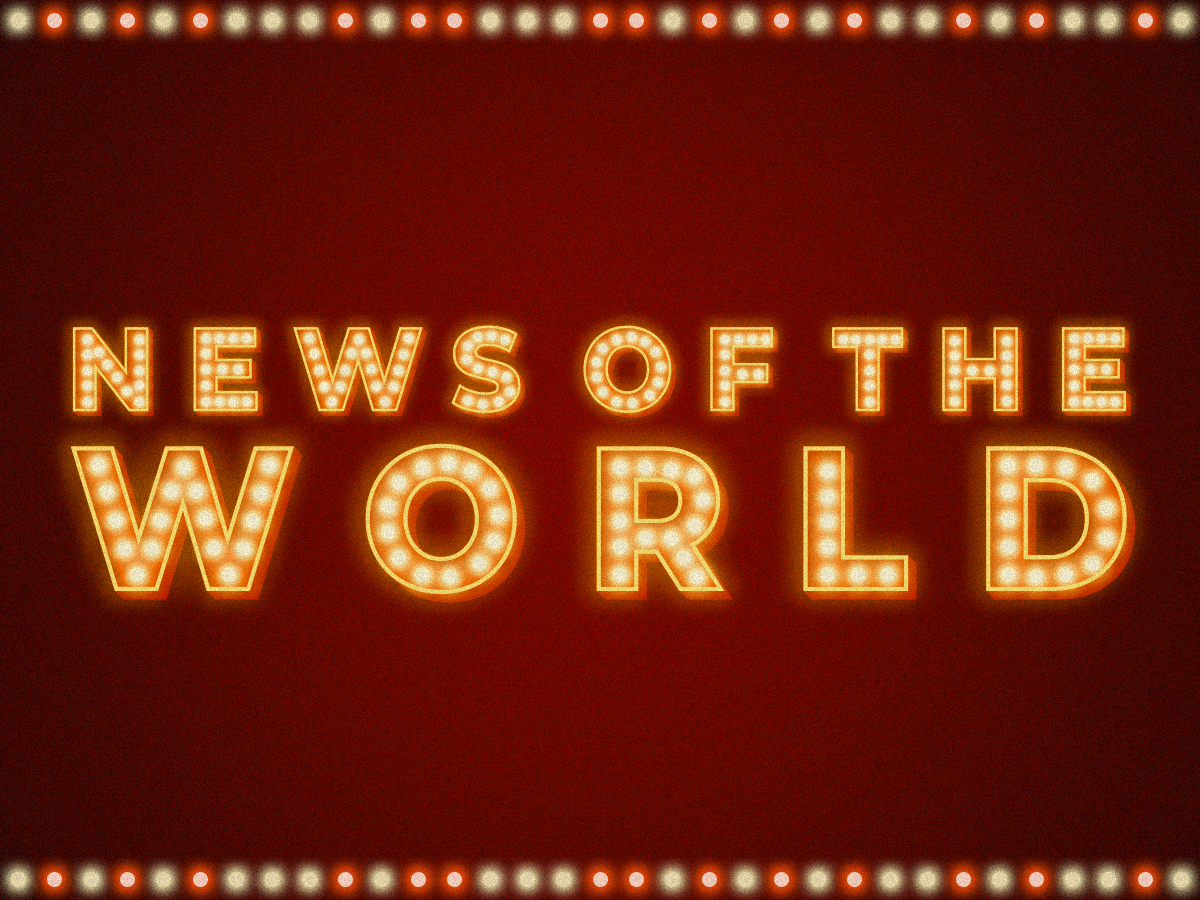
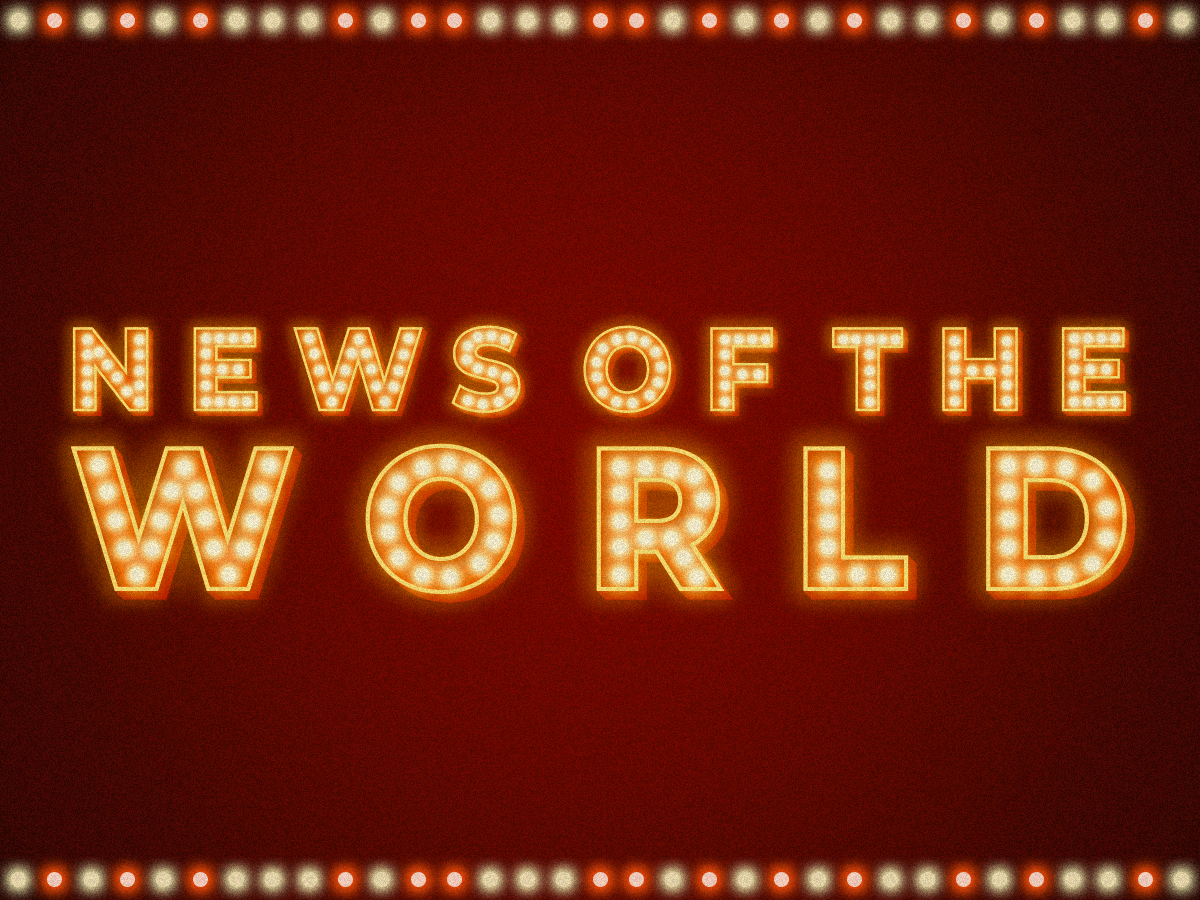
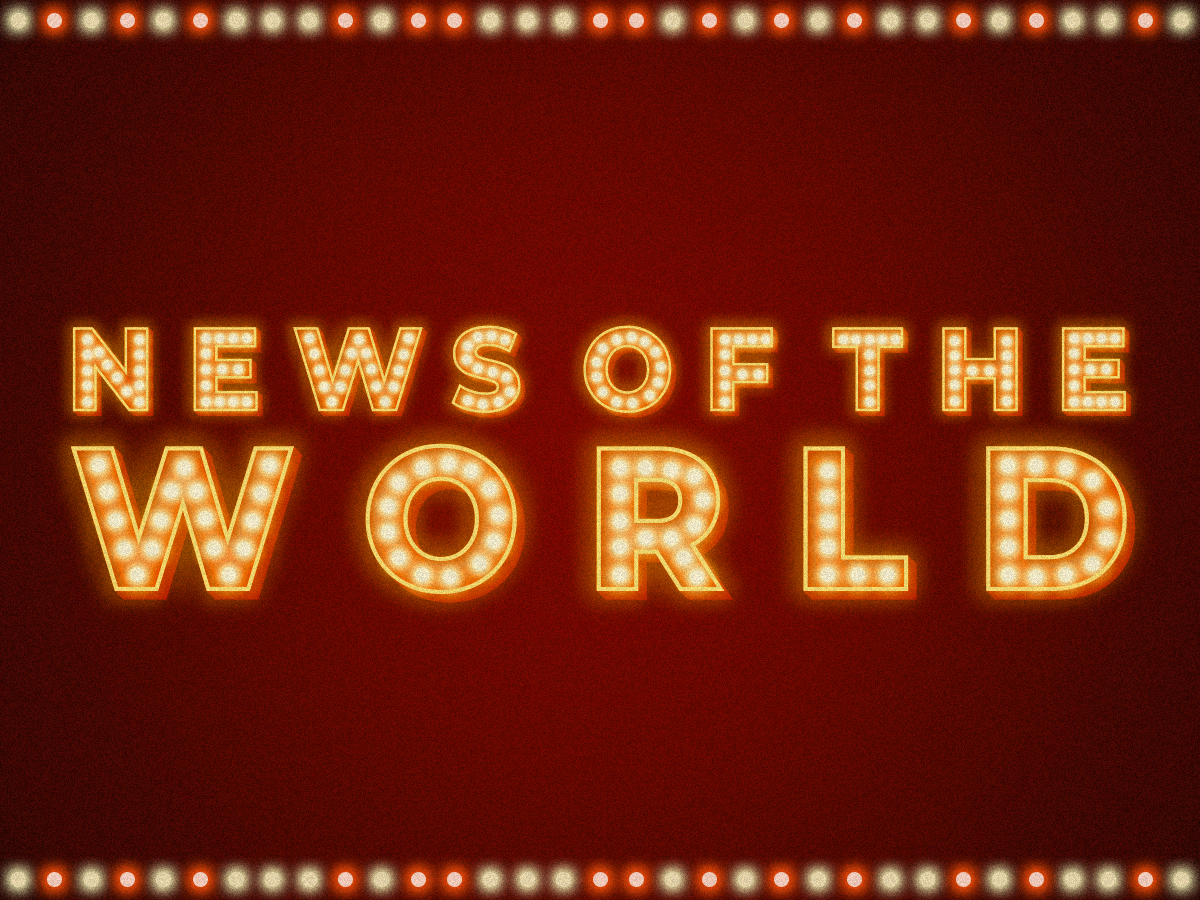
- [NoW] Alice Dalton Brown2021.09.24


- [NoW] Thoughts on people today2021.11.19


